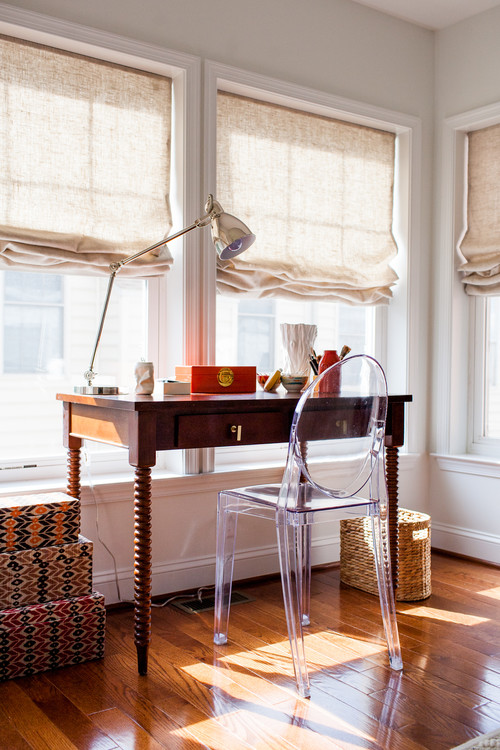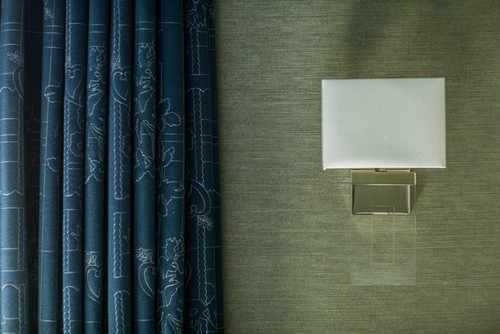Let us guess the situation: It’s time to get new curtains, and you want them to last a long time. You’re doing your research, maybe deciding between a DIY approach or investing in custom-made curtains.
If you’ve gotten far in your research, you already know that DIY curtains are a fool’s errand. There is no interior design investment that has more potential to pull together a beautiful room than your window treatments. Why risk messing that up? Custom-made curtains have been sun-proofed, are made of high thread count materials that won’t fade or disintegrate, and are made specifically to hold their shape and drape well. Those are things you just can’t get when you try to do it yourself.
But how do you really know which designer fabrics will be best fit for your home? We’ve put together a guide to the most common curtain fabrics, exploring what sets them apart from each other and why they’re considered the best in the industry.
Curtain Fabric #1: Silk
Silk has long been considered the ultimate in curtain fabrics. It’s heavier than other curtain fabrics, which allows it to drape well. Silk curtains add a romantic air to the rooms they’re in, which makes them ideal for formal living rooms and master bedrooms.
The downside to silk? It’s very susceptible to sun damage and requires protection from ultraviolet light, whether through light-colored lining panels or window shades. Silk curtains are also dry clean only, so laundering them can be costly.
Curtain Fabric #2: Cotton
Cotton is the most versatile curtain fabric. It’s highly stable, takes dye well, and can be ironed at high heats with steam to remove wrinkles.
Cotton curtains drape well and add a crisp feel to a room that can work effectively in both modern and traditional spaces. They can also be made sheer, tightly woven, or lined, which provides a lot of versatility when it comes to light distribution.
The downside to cotton? Some say it doesn’t last as long as other curtain fabrics. However, when you invest in a decorator fabric, the cotton has been treated to improve its durability.
Curtain Fabric #3: Linen
Linen, on the other hand, is the casual curtain fabric du jour. Linen curtains will billow more than cotton, but they still look tailored. They’re ideal for air living rooms or casual dining rooms. However, the fabric is sheer and won’t block the sun, which makes it less suitable for bedrooms.
The downside to linen? It tends to be dry clean only, and linen curtains very prone to wrinkling. They should be hung immediately after washing.
Curtain Fabric #4: Wool
Wool is well known as the world favorite in cold-weather fabrics. It’s heavy, resilient, and makes strong, long-lasting curtains. It’s also the easiest fabric to produce and quickest to install. The best thing about wool curtains, though, is that they’re highly wrinkle resistant. This is due to the water content of the fiber itself, which is much higher than other high-quality curtain fabrics.
The downside to wool? It’s not ideal for warmer climates and can collect allergens.
No matter what type of fabric you choose, it’s always best to invest in professionally made curtains and decorator fabrics. The treatments these fabrics go through make them last much longer. Plus, they’re specifically and professionally tailored to your windows, which makes a world of difference when it comes to how they look after installation. Trust us — or take a trip down to one of the Strickland’s showrooms to see the difference for yourself!



